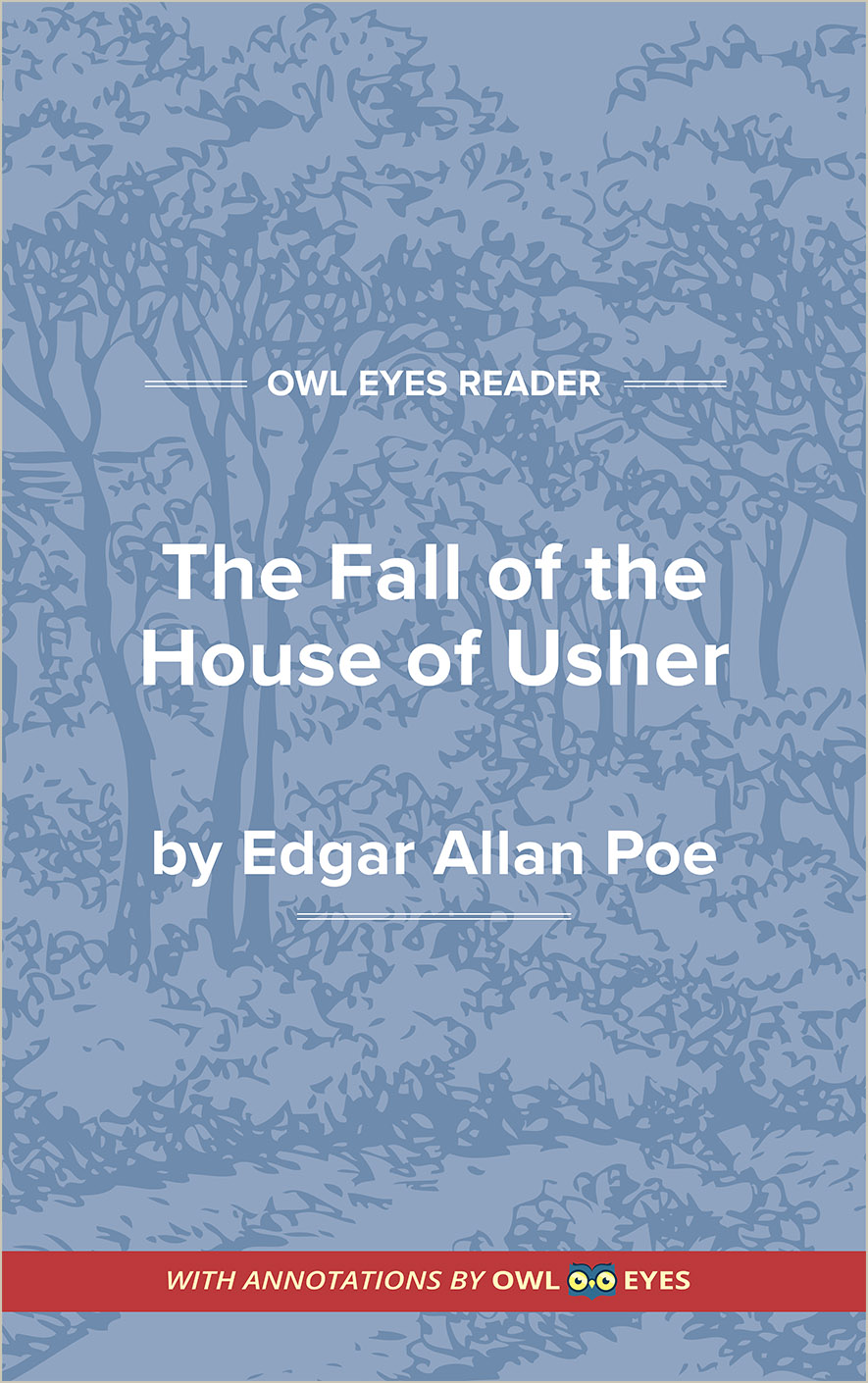Study Guide
Analysis Pages
Summary
“The Fall of the House of Usher” is Poe’s best-known and most admired story, and rightfully so: It expertly combines in a powerful and economical way all of his most obsessive themes, and it brilliantly reflects his aesthetic theory that all the elements of a literary work must contribute to the single unified effect or pattern of the work itself. The central mystery on which the thematic structure of the story depends is the nature of Roderick Usher’s illness. Although its symptoms consist of an extreme sensitivity to all sensory stimuli and a powerful unmotivated fear, nowhere does Poe suggest its cause except to hint at some dark family curse or hereditary illness.
The actual subject of the story, as is the case with most of Poe’s work, is the nature of the idealized artwork and the precarious situation of the artist. Roderick, with his paintings, his musical compositions, and his poetry, is, above all, an artist. It is the particular nature of his art that is inextricably tied up with his illness. Roderick has no contact with the external world that might serve as the subject matter of his art. Not only does he never leave the house, but he also cannot tolerate light, sound, touch, odor, or taste. In effect, having shut down all of his senses, he has no source for his art but his own subjectivity. The narrator says that if anyone has ever painted pure idea, then Roderick is that person. As a result, Roderick has nothing metaphorically to feed upon but himself.
The house in which Roderick lives is like an artwork—an edifice that exists by dint of its unique structure. When the narrator first sees it, he observes that it is the combination of elements that constitutes its mystery and that a different arrangement of its particulars would be sufficient to modify its capacity for sorrowful impression. Moreover, Usher feels that it is the form and substance of his family mansion that affects his morale. He believes that, as a result of the arrangement of the stones, the house has taken on life. All these factors suggest Poe’s own aesthetic...
(The entire page is 549 words.)
Owl Eyes subscribers get unlimited access to our expert annotations, analyses, and study guides on your favorite texts. Master the classics for less than $5/month!

